Friends of Lackawanna was not aware that KSL is permitted to accept fracking sand before last week and we are very concerned about the fact that they can and, therefore, will accept it at some point in the future. Not only has OSHA issued a hazard alert to workers at fracking sites due to the dangers of breathing silica dust from the sand, which can cause cancer and silicosis, but the fracking sand also has radioactive material in it and is usually shipped to landfills qualified to handle low-level radioactive waste. It makes no sense to continue to subject our community to municipal solid waste let alone the grave risks from fracking waste--such as fracking sand, drill cuttings and sludge--especially when so little is known about their long term health effects. We should not be the guinea pigs.
Excerpts:
Drillers pump water, additives and sand into the Marcellus Shale to extract natural gas. The sand holds underground voids open, but some of it escapes with the water and must be disposed of.
Sam Bernhardt, an organizer with the national nonprofit Food & Water Watch, which advocates for a ban on fracking, expressed some skepticism about a mantra he called “the solution is dilution” and worried materials that come in small concentrations could add up over time as part of a consistent waste stream.
Roger Bellas, DEP’s regional waste management program director, said flow-back sand is a bigger deal than the drill cuttings Keystone already accepts, but he noted the agency does not classify it as hazardous waste. Instead, it is considered residual waste, the same category as the drill cuttings.
